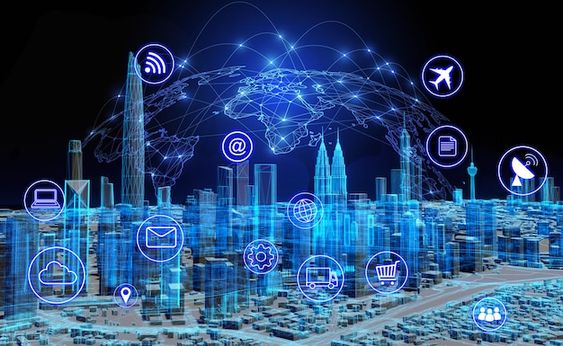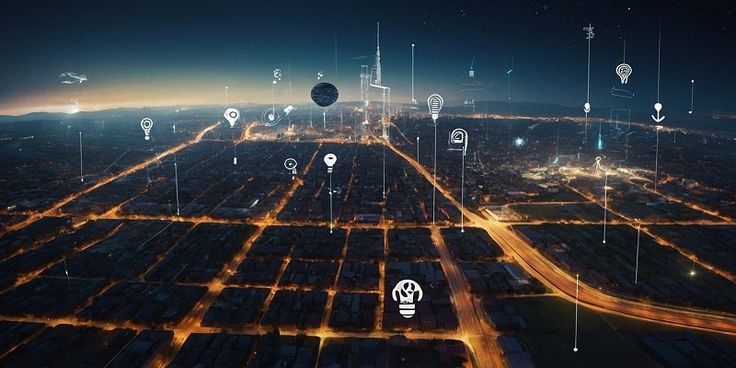Tech Innovations Driving the Future of Entertainment
The entertainment industry is undergoing a profound transformation, driven by advancements in technology. Innovations in areas such as virtual reality (VR), augmented reality (AR), artificial intelligence (AI), and streaming technology are reshaping how content is created, consumed, and experienced. This article explores the cutting-edge technologies driving the future of entertainment and their potential impact on the industry.
1. Virtual Reality (VR): Immersive Experiences
1.1. Enhanced Gaming: VR technology has revolutionized the gaming industry by creating fully immersive experiences. With VR headsets like the Oculus Rift, HTC Vive, and PlayStation VR, gamers can step into virtual worlds, interact with 3D environments, and experience a new level of immersion. VR gaming offers a more engaging and realistic experience compared to traditional gaming.
1.2. Virtual Concerts and Events: VR is also transforming live entertainment. Virtual concerts, theater performances, and sporting events allow audiences to experience events from the comfort of their homes while feeling as if they are physically present. Platforms like MelodyVR and Oculus Venues offer virtual event experiences that replicate the excitement of live performances.
1.3. Interactive Storytelling: VR enables new forms of interactive storytelling where users can influence the narrative and interact with characters in a 360-degree environment. This technology offers creative opportunities for filmmakers and content creators to develop immersive and participatory experiences.
2. Augmented Reality (AR): Blending the Real and Virtual
2.1. Enhanced Mobile Gaming: AR technology has gained popularity with games like Pokémon GO, which blend virtual elements with the real world. AR allows players to interact with digital characters and objects overlaid on their physical surroundings, creating a unique and engaging gaming experience.
2.2. Interactive Advertising and Marketing: AR is being used in advertising and marketing to create interactive and engaging campaigns. Brands are leveraging AR to enable users to visualize products in their environment, try on virtual clothing, or interact with digital advertisements in innovative ways.
2.3. AR in Entertainment Venues: AR enhances the experience at entertainment venues by providing additional layers of information and interactivity. For example, AR applications can offer interactive guides, real-time translations, and gamified experiences at museums, theme parks, and sports arenas.
3. Artificial Intelligence (AI): Personalized Content and Creation
3.1. Content Recommendations: AI algorithms analyze user preferences and viewing habits to provide personalized content recommendations. Streaming platforms like Netflix and Spotify use AI to suggest movies, shows, and music based on individual tastes, improving user experience and engagement.
3.2. AI-Generated Content: AI is being used to create and enhance content in innovative ways. AI algorithms can generate music, write scripts, and even create visual art. For example, AI tools like OpenAI’s GPT-3 can assist in writing dialogue for movies or generating story ideas.
3.3. Enhanced Post-Production: AI tools are streamlining the post-production process by automating tasks such as video editing, color correction, and sound design. These tools can analyze footage, identify key scenes, and apply edits, reducing the time and effort required for post-production work.
4. Streaming Technology: On-Demand Access and Innovation
4.1. High-Quality Streaming: Advances in streaming technology have improved the quality and reliability of content delivery. Technologies like 4K and HDR (High Dynamic Range) provide higher resolution and better color accuracy, enhancing the viewing experience on streaming platforms.
4.2. Interactive Streaming: Interactive streaming experiences, such as choose-your-own-adventure films and live interactive shows, allow viewers to engage with content in real-time. Platforms like Netflix and Twitch are experimenting with interactive formats that enable viewers to make choices that affect the outcome of the content.
4.3. Blockchain for Content Distribution: Blockchain technology is being explored for content distribution and monetization. Decentralized platforms using blockchain can offer more transparent and fair revenue models for content creators, reduce piracy, and ensure that creators are compensated for their work.
5. 5G Technology: Revolutionizing Content Delivery
5.1. Faster Streaming and Downloads: The rollout of 5G networks is set to revolutionize content delivery by providing faster streaming speeds and reduced latency. This enables high-quality video streaming, real-time gaming, and seamless access to digital content without buffering or delays.
5.2. Enhanced Mobile Experiences: 5G technology enhances mobile entertainment experiences by supporting more sophisticated AR and VR applications. Users can enjoy immersive experiences on the go, with higher resolution and more interactive features.
5.3. Improved Connectivity for Live Events: 5G improves connectivity at live events, allowing for real-time broadcasting and interactive experiences. This technology enables high-definition live streaming, enhanced audience engagement, and innovative event experiences.
6. Mixed Reality (MR): Combining Real and Virtual Worlds
6.1. MR in Entertainment Production: Mixed reality combines elements of both AR and VR to create immersive experiences that blend physical and digital worlds. In entertainment production, MR is used for creating virtual sets, interactive experiences, and real-time visual effects.
6.2. Interactive Theme Parks: Mixed reality is enhancing theme park experiences by integrating virtual elements with physical attractions. Visitors can engage in interactive rides and games that blend real-world environments with digital enhancements.
6.3. Immersive Learning and Training: MR is being used for training and educational purposes in the entertainment industry. For example, MR simulations can provide training for actors, directors, and production crews by immersing them in virtual scenarios that mimic real-world environments.
7. Data Analytics: Understanding Audience Preferences
7.1. Audience Insights: Data analytics is playing a crucial role in understanding audience preferences and behavior. Streaming platforms and entertainment companies analyze data to identify trends, measure engagement, and make data-driven decisions about content creation and distribution.
7.2. Personalization and Targeting: Data analytics enables more effective personalization and targeting of content. By analyzing user data, companies can tailor recommendations, marketing campaigns, and content offerings to meet individual preferences and enhance user satisfaction.
7.3. Performance Metrics: Data analytics provides insights into the performance of entertainment content, including viewership statistics, audience demographics, and engagement metrics. This information helps content creators and distributors optimize their strategies and improve future productions.
Conclusion
Tech innovations are driving the future of entertainment, creating new possibilities for immersive experiences, personalized content, and interactive storytelling. Virtual reality, augmented reality, artificial intelligence, streaming technology, and 5G are transforming how content is created, consumed, and experienced. As these technologies continue to evolve, they will shape the entertainment landscape, offering exciting opportunities for creators and audiences alike. By embracing these advancements and addressing associated challenges, the entertainment industry can unlock new levels of engagement, creativity, and innovation.










